1. Kandovan Village
Kandovan is an astonishing village located on Sabalan Mountain, in East Azerbaijan Province, Iran. Kandovan Village is famous for its wonderful rocky architecture which is the result of volcanic activities and hand-carved structures. The inhabitants, basically, carved every room of the cliff houses like kitchens, halls, and even pens out of stone to make windows for the rooms and later, to decorate them with colorful glasses.
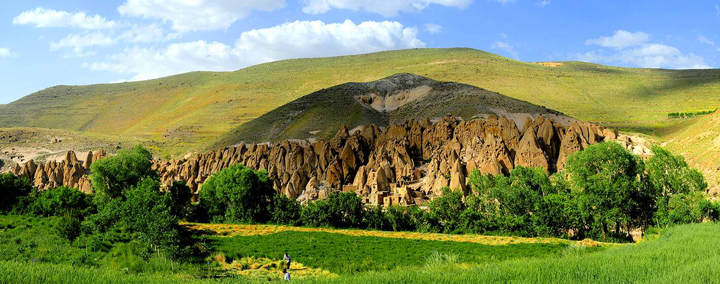
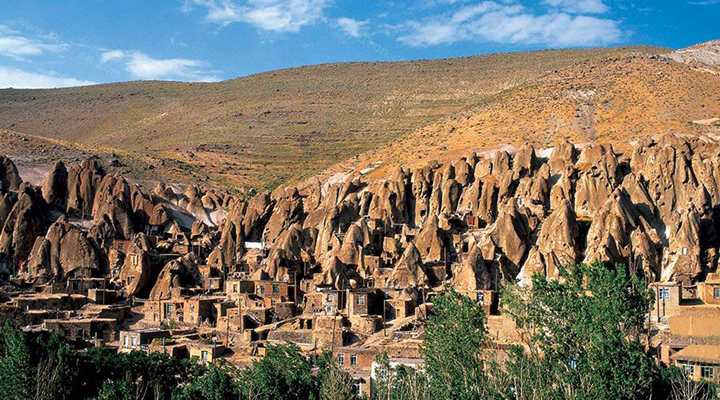
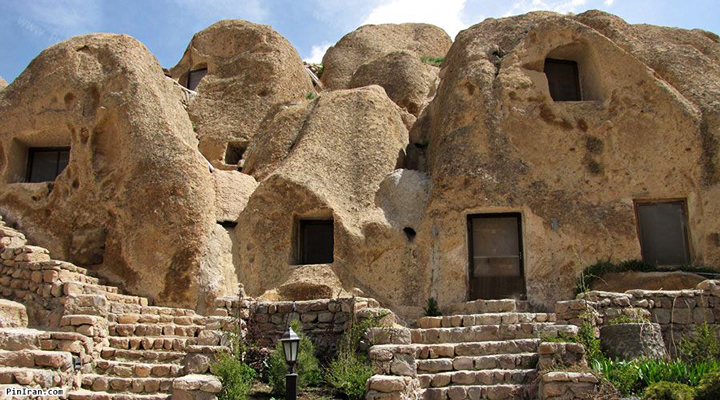
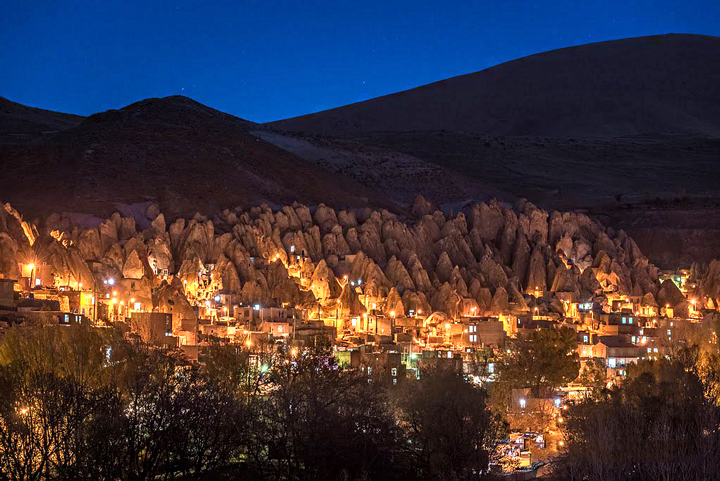
2. Masouleh Village
Masuleh is a village in Fuman County, Gilan Province, Iran. It was founded in the 10th century AD. The buildings have been built into the mountain and are interconnected. Courtyards and roofs both serve as pedestrian areas similar to streets. Masuleh does not allow any motor vehicles to enter, due to its unique layout. The spectacular architecture of Masuleh is popularly known as "The yard of the building above is the roof of the building below". Yellow clay coats the exterior of most buildings in Masuleh. This allows for better visibility in the fog. Buildings are mostly two stories (1st floor and 'ground' floor) made of adobe, rods and bole.

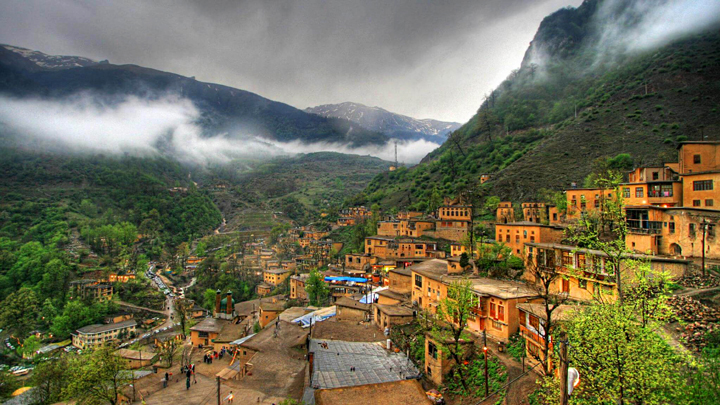


3. Abyaneh Village
Abyaneh is a historic village in Isfahan province of Iran close to Kashan and Natanz. Houses in Abyaneh have a reddish color that comes from the soil around the village containing iron oxides. There is no evidence to indicate the exact date of the village but historians know that it has been around since Sassanid dynasty (700 AD) for sure. The houses sit on the mountain slope facing east to receive the maximum sunlight. Abyaneh’s high elevation (2222m) causes cool summer and very cold winter days.

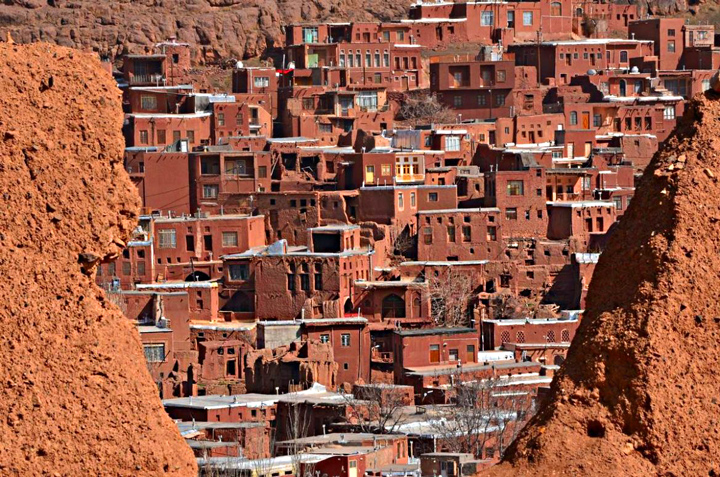
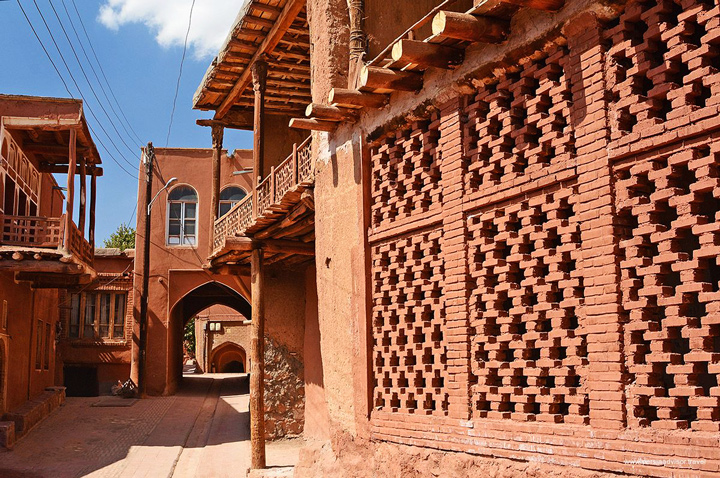

4. Meymand Village
Meymand or Maymand is a village of troglodytes – cave dwellers – located in the south-eastern Iranian province of Kerman. Meymand village has been continuously inhabited for 2,000 to 3,000 years making it one of Iran’s four oldest surviving villages. Some claim that Meymand village has been inhabited for 12,000 years, that is, since the “middle stone ages” making it a Mesolithic village. Reportedly, 10,000 year old stone engravings and 6,000 year-old pottery have been discovered at the site. The village is a UNESCO world heritage site and was awarded UNESCO’s 2005 Melina Mercouri prize.
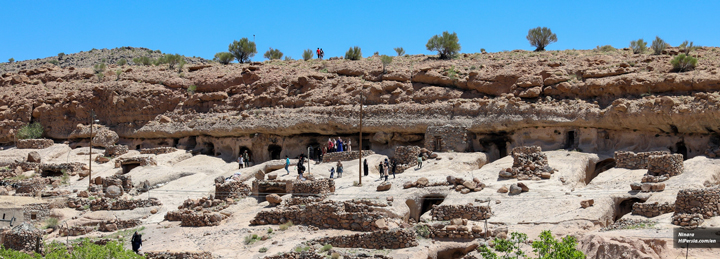
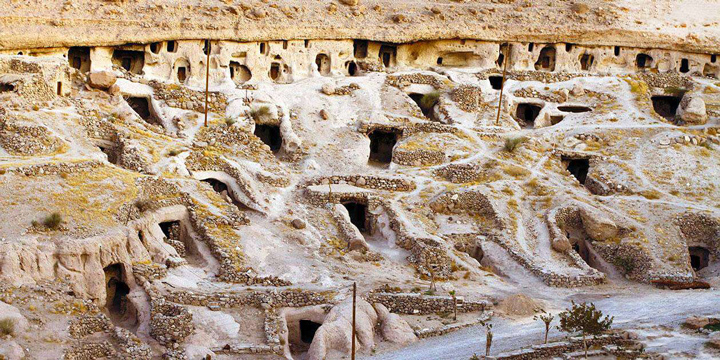

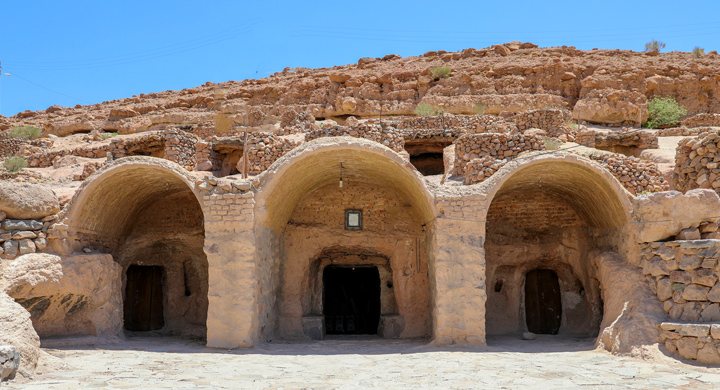
5. Kharanagh Village
The 4,000-Year-Old Abandoned Mud-Brick Town of Kharanaq Settled at a distance of 85 km of Ardakan in YAZD Province. Near its cemetery, there exists an epigraph inscribed in 595 AH. Jame' Mosque which has a tombstone inscribed in 499 AH. Kharanaq, which means "place of birth of the sun", is divided into two parts: the Old Town, which is almost completely deserted, and the New Town, where some 130 families continue to live.
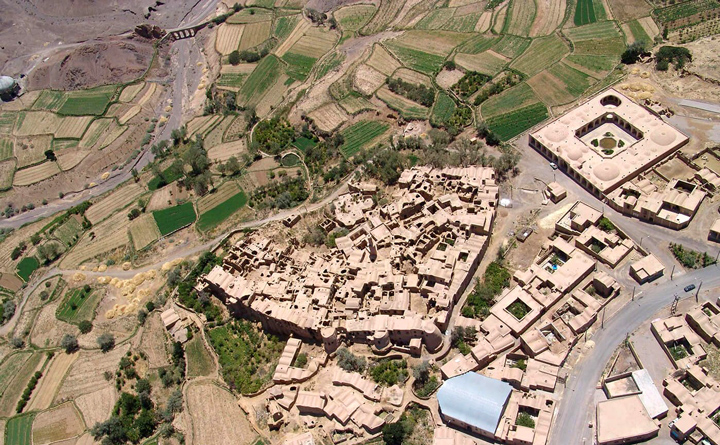
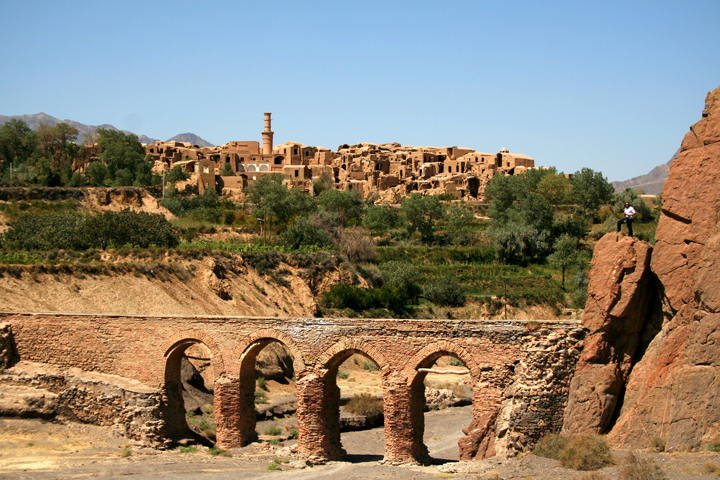
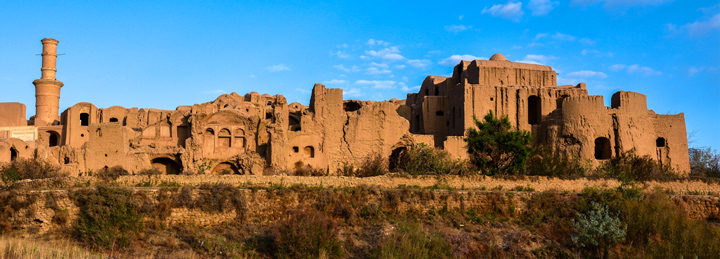
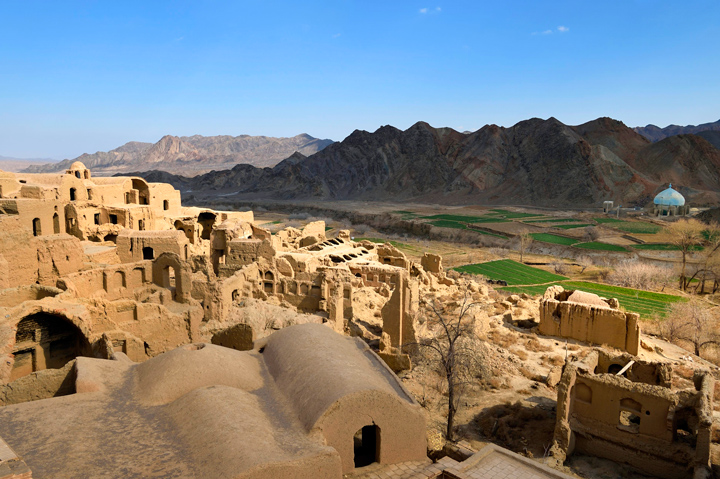
6. Hawraman Village (Uraman Takht)
Uraman Takht is one of the historical villages of Iran and is located in Sarvabad County in Kurdistan, Iran. Located one thousand and five hundred kilometers higher than sea level, Uraman Takht Village can be seen in the foothills of Zagros, Shaho and Kosalan Mountains. According to the archeological researches, the history of the people of Uraman goes back to forty thousand years ago to the Neolithic period. The climate of this region in spring and summer is very pleasant. The villages are unique in terms of architecture, lifestyle, and agricultural methodology. Villages are integrated with nature by incorporating steep-slope agriculture. The area, due its mountainous terrain, is rich in tourist attractions and natural fascinations.
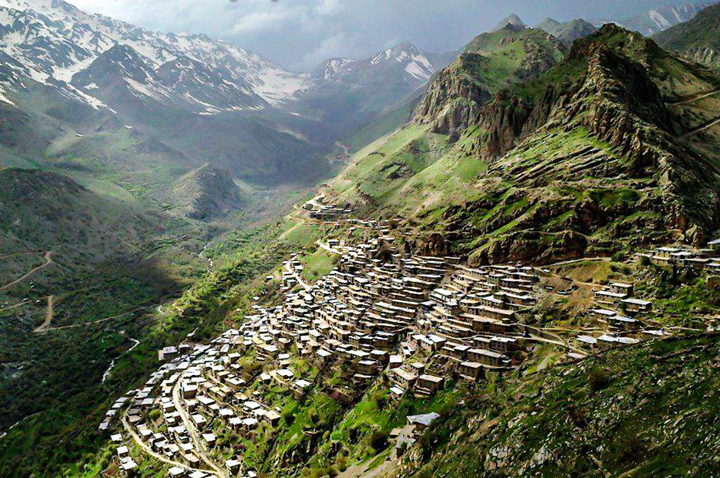
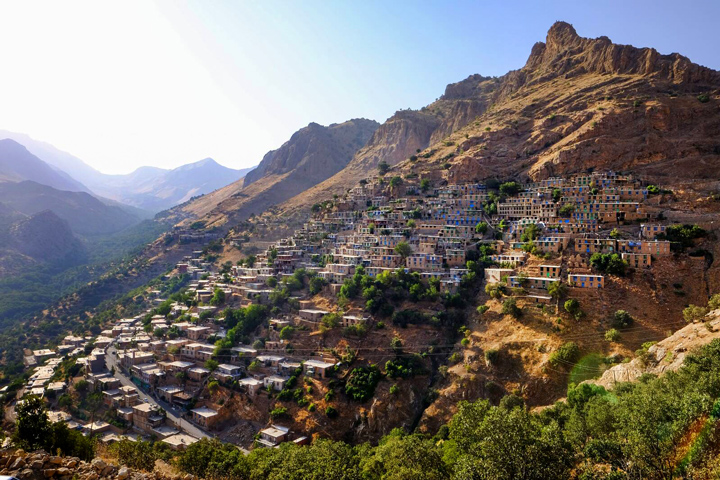
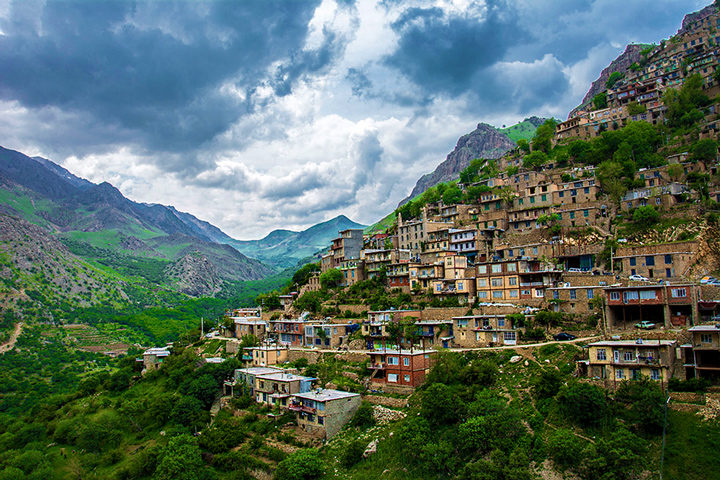
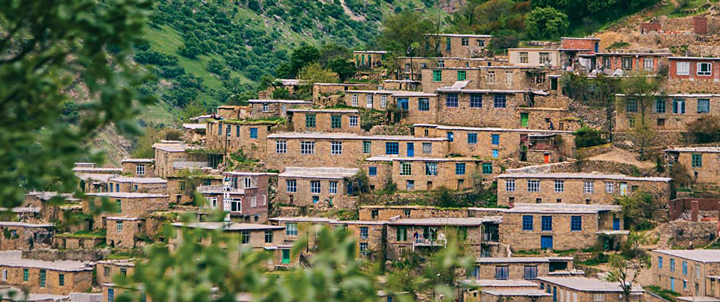
7. Palangan Village
Palangan (which means ‘leopards’) is located about 50 kilometers northwest of the city of Kamyaran in the Kurdistan province of Iran. This unique village well-known for its unique style of architecture and also its springs, waterfalls and other natural attractions. Palangan is on the valley sides where its houses made with stone and generally in a staircase and the bottom of the house is the roof of the other house.


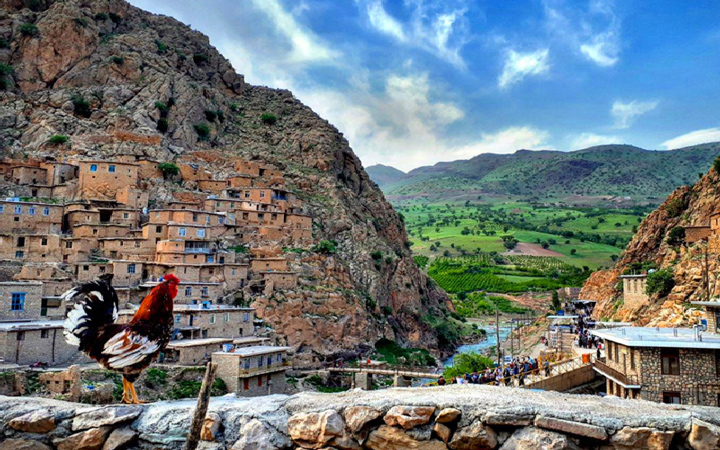
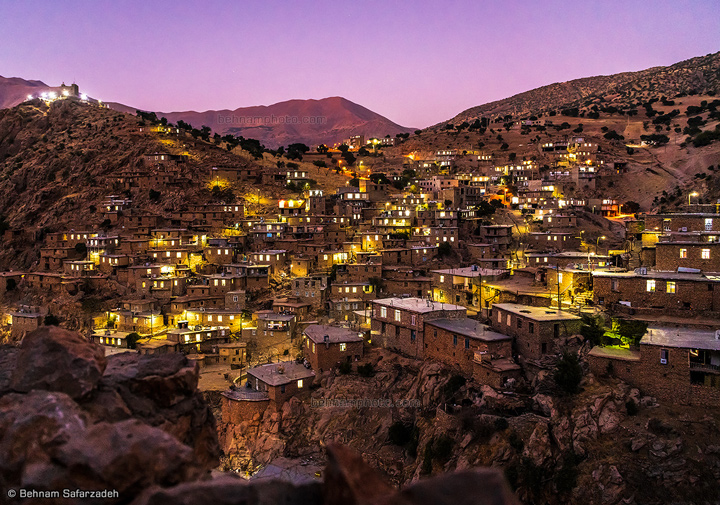
References:


